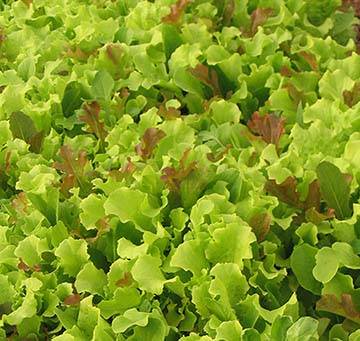 At a neighborhood feed courtesy of Hilary Valentine and Neil Bernstein’s Veggie Trails Wagon this weekend, one of my neighbors asked, “What’s the best way to get rid of my lawn and start over with new grass? Where do I rent a tiller?”
At a neighborhood feed courtesy of Hilary Valentine and Neil Bernstein’s Veggie Trails Wagon this weekend, one of my neighbors asked, “What’s the best way to get rid of my lawn and start over with new grass? Where do I rent a tiller?”
I told her that she could easily rent a tiller nearby at McCabe Brothers, but that she might want to ask herself why she wanted to redo her lawn in the first place. She said that another neighbor had done it with the help of a parent and that it looked lush and green and hers looked “weedy” in comparison.
Not surprisingly the parent had been involved in agronomy which prides itself on creating seas of monoculture crops. These situations aren’t found in nature and because of this, they require copious amounts of pesticides to maintain. Similarly a lawn that looks like a golf course also requires a lot of fertilizing, mowing, and watering. You put in a lot of time and money, and for what? You can’t eat grass. You can’t put it in a vase. Some of the pesticides used to maintain grass were banned by other countries years ago — not exactly the kind of thing you want your kids and pets playing on, much less tracking into your home.
I told her that if she was willing to alter her plan she could not only have some green underfoot (albeit a smaller amount in a sustainable mixture of grasses and dutch clover), but vegetables, fruits, and flowers, as well.
The lawn as we know it, expanses of grass running from street to foundation with only a few junipers or yews in between, is a fairly new construction and one that pits us against nature. As a wise Nebraska farmer once told me, “People think I’m Mr. Environmental. Actually I’m lazy. If I can get nature to do the work for me, I am more than willing to let her.”
Each year, more homeowners opt to turn their yards into edible landscapes. You can find resources such yards online, at libraries and bookstores, and through university extension. The University of Minnesota has an ongoing edible landscape project. Unlike renting a tiller and reseeding/resodding, these types of lawns take longer to plan and install. But, the payoffs are far greater.
You can do a lot with edible landscaping even in a small yard. Smaller rootstalks allow you to have fruit trees that would have never worked in tiny urban gardens 20 years ago. And just because you are adding vegetables, you don’t have to limit yourself to green. Colorful cultivars of chard and kale that were once hard to find are now widely available.
Locally, you can see people installing edible landscapes on Lynn St. in Urbana where several neighbors pulled together to order fruit trees this spring. Champaign locavore Laurence Mate devoted his right of way to food years ago.
Apples, cherries, swiss chard, kale, chives, sunflowers, pansies, nasturtiums — who can ask for more beautiful plants? If you want to get truly hardcore, you can always check out permaculture landscaping with books like Gaia’s Garden. Of course, this works better in Urbana where residents can have chickens. But, being able to make your garden’s fertilizer through compost and harvesting rain water can benefit your wallet, as well.








